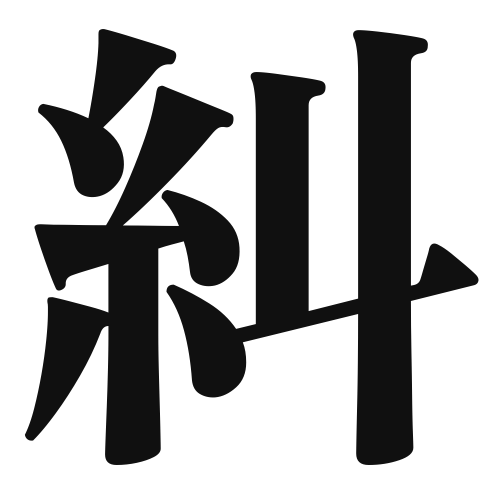1. Overview of Meaning
The kanji “糾” (kyuu) generally means “to twist” or “to entangle.” It conveys the idea of binding or intertwining elements together, often used in contexts involving complex situations or relationships.
2. Formation and Radical
Formation of the Kanji: The kanji “糾” is a compound character (会意文字) that combines elements to convey its meaning. It consists of the radical for “thread” (糸) and the character “九” (nine), which together suggest the idea of twisting threads or fibers.
Radical: The radical of “糾” is 糸 (ito), which relates to threads or fibers, indicating its connection to textiles and weaving.
3. Examples of Usage
Common Words and Phrases: Some common words that include “糾” are “糾弾” (kyuudan – to criticize or denounce) and “糾合” (kyuugou – to gather or unite).
Example Sentence in Daily Conversation: “彼は問題を糾弾するために会議を開いた。” (Kare wa mondai o kyuudan suru tame ni kaigi o hiraita.) – “He held a meeting to criticize the issue.”
4. Synonyms and Antonyms
Similar Kanji: A similar kanji is “絡” (raku), which also means “to entwine” but often refers to a more intricate or complicated entanglement.
Opposite Kanji: An antonym could be “解” (kai), which means “to untie” or “to resolve,” indicating the action of separating or clarifying something that is tangled.
5. Cultural and Historical Background
Relation to Japanese Culture: The concept of “糾” is often associated with traditional Japanese crafts, particularly in textiles, where the intertwining of threads is essential for creating fabric.
Proverbs and Idioms: One relevant idiom is “糾弾の声” (kyuudan no koe), which refers to the voice of criticism or condemnation, highlighting the importance of addressing complex issues in society.
